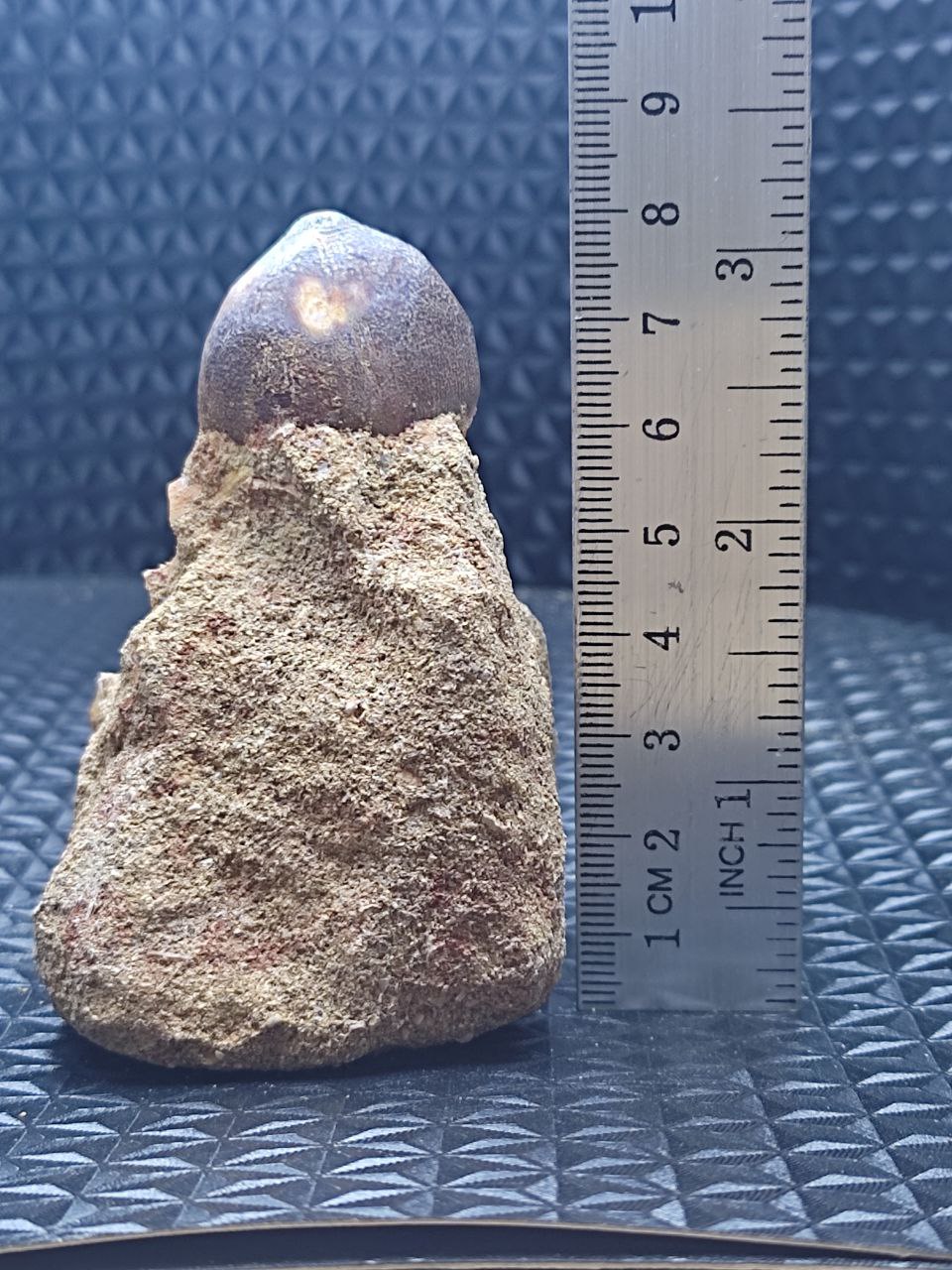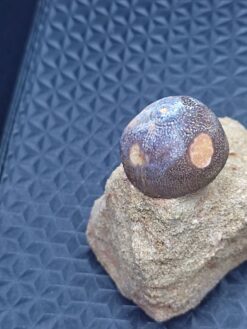3 ” Tooth Globidens Mosasaur fossil in Matrix teeth Dinosaur Khouribga Morocco
$ 31,00
SPECIESI gdamanosaurus aegyptiacus
AGE Late Cretaceous – Maastrichtian
LOCATION wlad Abdoun Basin khouribga Morocco
FORMATION Phosphate ocp
SIZE 3 nch
Name: Globidens (Globe teeth).
Phonetic: Glo-bih-denz.
Named By: Gilmore - 1912.
Classification: Chordata, Reptilia, Squamata, Scleroglossa, Mosasauridae, Mosasaurinae, Globidensini.
Species: G. alabamaensis (type), G. dakotensis, G. phosphaticus, G. schurmanni, G. simplex.
Diet: Carnivore.
Size: 6 meters long.
Known locations: USA. Africa.
Time period: Campanian to Maastrichtian of the Cretaceous.
Fossil representation: Many specimens.
Although Globidens was not the only mosasaur to adapt to a diet of almost exclusively hard shelled animals, it does display perhaps the most specialised teeth. Rather than the sharp conical teeth seen in other mosasaurs such as Tylosaurus and Taniwhasaurus, Globidens had rounded teeth that had a ‘globe shaped’ upper portion of the crown that sat upon a slightly narrower base. An important aspect of the teeth being semispherical rather than conical is that they were much more resilient to impact damage such as chips and cracks. This meant that every time the jaw was moved up and down, each tooth would strike the shell of the prey animal like a ball hammer, cracking up the shell so that Globidens could get at the soft flesh within.
4 reviews for 3 ” Tooth Globidens Mosasaur fossil in Matrix teeth Dinosaur Khouribga Morocco
Only logged in customers who have purchased this product may leave a review.
Related products
Prognathodon Anceps
1.5″ Great Mosasaur prognathodon anceps Tooth rare Fossil Reptile Morocco
Prognathodon Anceps
2.8 ” Huge Mosasaur Prognathodon sp Tooth rare fossill Sidi chennan Morocco





























Jude (verified owner) –
Incredible tooth. Beautiful color and condition.
Margot (verified owner) –
Very well worth the money.
Mabel (verified owner) –
Perfect. Looks great. My son love it. Thx
Albert (verified owner) –
My first lower jaw White Shark fossil and it is stunning! It is in beThe fossil was just as described and the packaging was excellent as well as prompt. I will shop with this seller again for sure.autiful condition and is a wonderful edition to my collection! The seller took great care of it and made sure it was well-protected during shipping! The $4 S & H fee was well-worth the cost! Definitely keeping an eye on this seller’s inventory!